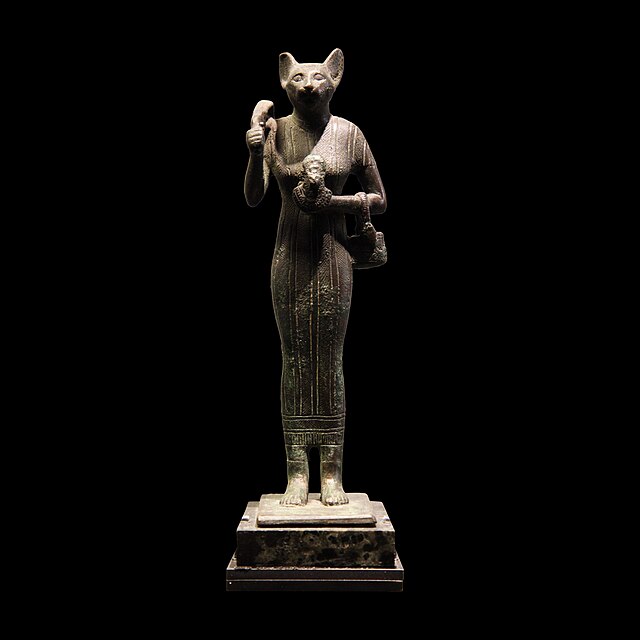Divine Intervention: How Ancient Worship Transformed Wildcats into Your Purring Companion

In a groundbreaking revelation, archaeologists have uncovered compelling evidence that challenges long-held beliefs about the domestication of cats. Contrary to previous assumptions that cats were first tamed for practical pest control in agricultural settlements, new research suggests a far more mystical origin rooted in the spiritual practices of ancient Egypt.
The study reveals that domestic cats were initially integrated into human society through sacred religious rituals dedicated to Bastet, the revered feline-headed goddess of protection and fertility. These magnificent creatures were not merely practical companions, but held a profound spiritual significance in Egyptian culture, serving as living embodiments of divine grace and mystical power.
Researchers have meticulously analyzed archaeological findings, including intricate temple artifacts and mummified cat remains, which point to a deep ceremonial relationship between humans and cats. The sacred status of these animals transcended their utilitarian role, elevating them from simple rodent hunters to revered spiritual symbols.
This paradigm-shifting research not only reshapes our understanding of cat domestication but also offers a fascinating glimpse into the complex religious landscape of ancient Egyptian civilization. It demonstrates how spiritual beliefs could fundamentally influence the human-animal bond, transforming cats from wild predators to cherished companions with a divine purpose.
